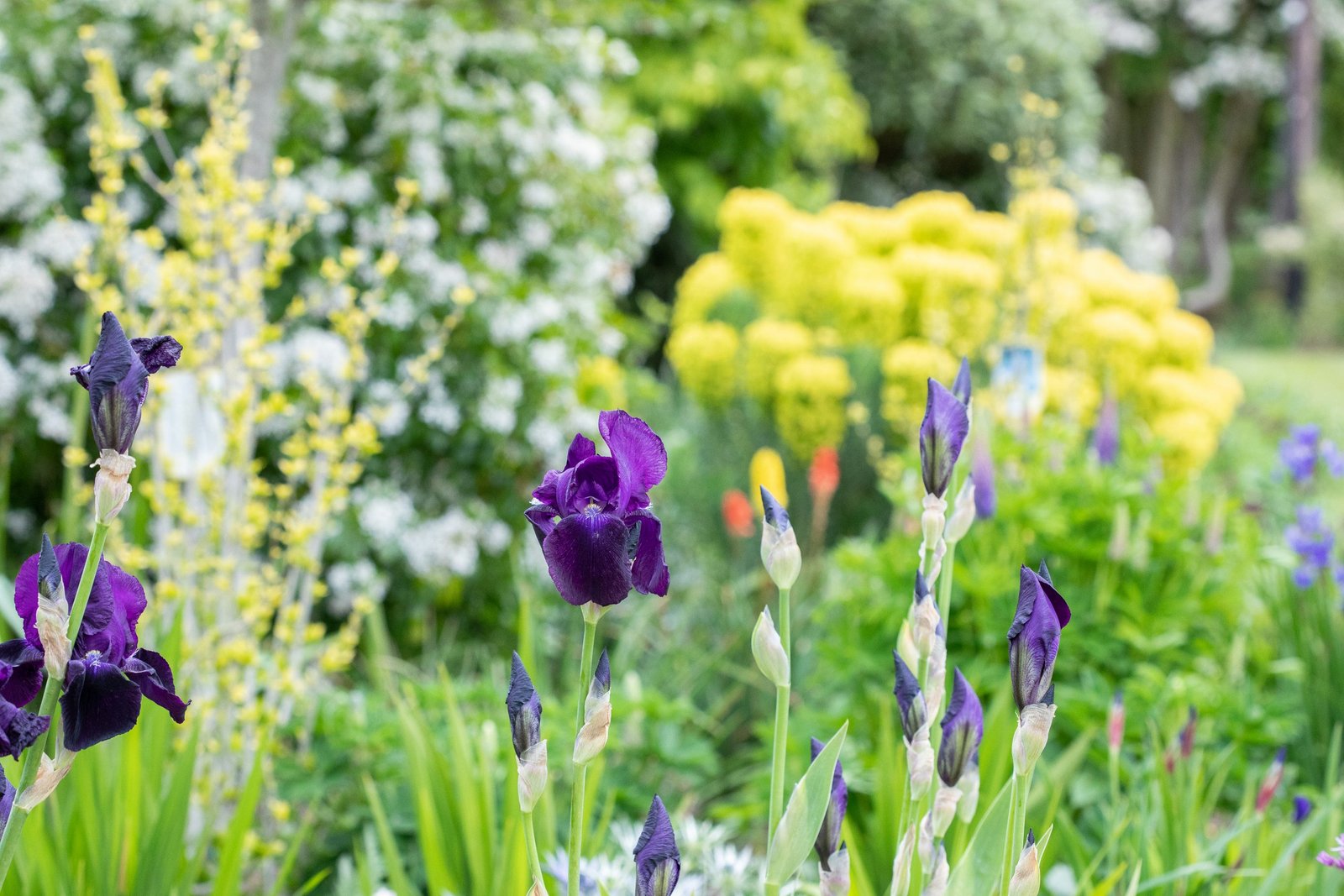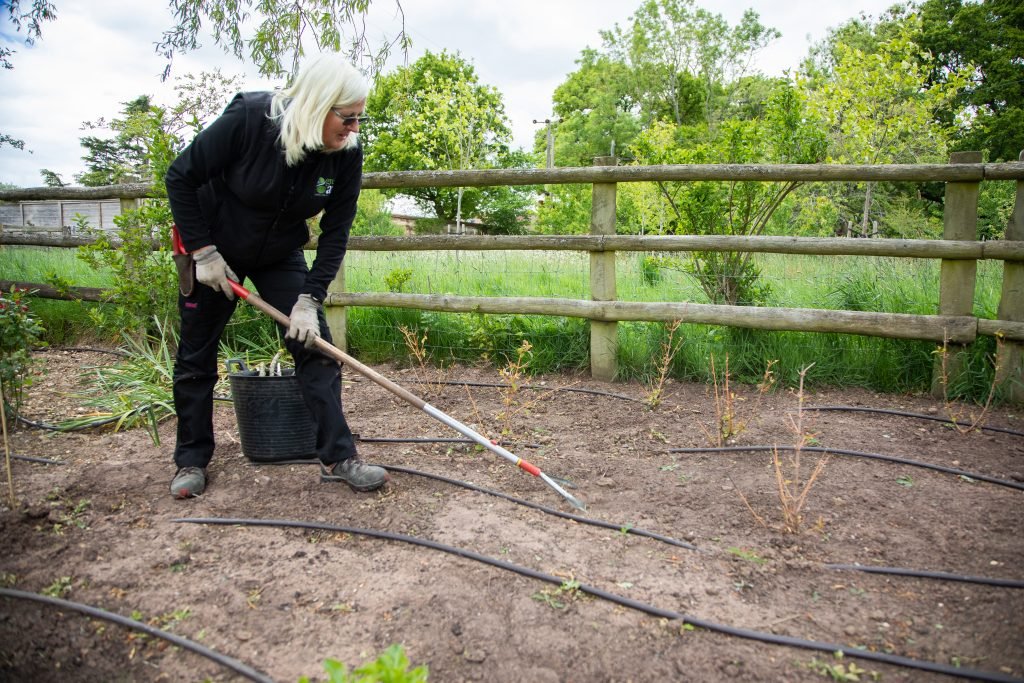
August is an important time for every gardener – preparing plants for winter and harvesting ripened fruits before the dawn of autumn. So we’ve compiled a list of what needs to be done in every garden before September, with this August garden checklist.
1. Be summer water-wise!
Prioritise newly planted areas and trees that have been planted in the last year. Avoid wasting water by putting pots in reservoirs or use self-watering hanging baskets. Irrigation systems are an efficient way to water if timers are set correctly although they do take time to install – get in touch if you need us to help with this! And check out our blog on watering here.

2. Plant bulbs for autumn flowering
To create a colourful display for autumn, plant bulbs in your garden soon 10cm deep, in a sunny position, taking care not to damage emerging shoots. Autumn-flowering crocuses and colchicums mark a change of the seasons and bring welcome colour to rock gardens, borders and grassy areas. Popular species also provide a valuable source of late-season pollen for bees. Crocuses prefer well-drained, gritty, fertile soil while colchicums do well in a deep, humus-rich, moist but well-drained areas.
3. Review your borders
Take notes and photos for reference for future maintenance and development. Keep a record of what plants will need lifting and dividing in late autumn, whether colours are working well together and where gaps are.

4. Deadhead
Continue through August to deadhead plants such as dahlias, roses and summer annuals to prolong displays into early autumn.
5. Tidy wisteria
Pruning helps to encourage flower buds to form. Summer prune wisteria by cutting back the whippy green shoots of the current year’s growth to five or six leaves.
6. Pest damage
Lastly on our August garden Checklist is pest damage! Plants such as Penstemon and Chrysanthemum are susceptible to leaf bud eelworm. Look for stunted growth and distorted, blotched leaves. To reduce spread, avoid wetting foliage when watering and use sterile potting compost.









